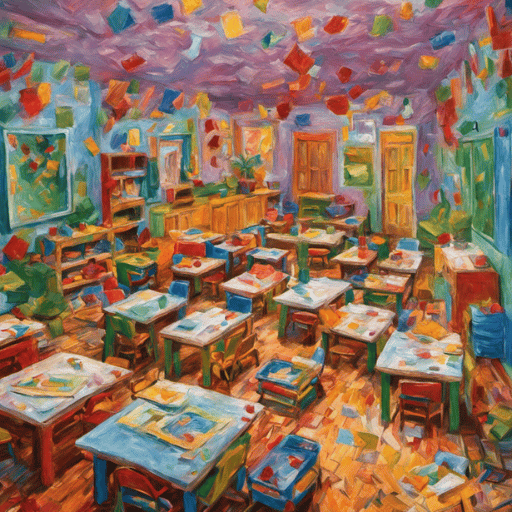Event Planner: Päiväkoti/Esikoulu Art and Craft Days
Event planning in preschools holds significant importance as it plays a pivotal role in fostering holistic child development and creating memorable learning experiences. These events not only offer a platform for children to showcase their talents and skills but also provide opportunities for social interaction, emotional growth, and cognitive development. Well-executed event planning engages parents, teachers, and young learners in a collaborative effort that enhances the sense of community within the preschool. By carefully organizing and structuring various events, preschools can establish an environment where children thrive, parents actively participate, and lifelong positive impressions are formed. Let’s look at an example Art and Craft Days event planning template you can use in your Päiväkoti/Esikoulu office in Finland.
Event description/objective: Regular sessions focused on creativity.
Event Planning Template for Art and Craft Days
Event Planning Template:
Event Name: Art and Craft Days
Event Description: Regular sessions focused on creativity.
1. Event Details:
– Date: [Date]
– Time: [Time]
– Duration: [Duration]
– Location: [Venue]
– Target Audience: Children aged [Age Range]
– Maximum Capacity: [Maximum Capacity]
2. Event Objectives:
– Provide a platform for children to explore their creativity through art and craft activities.
– Foster a love for art and craft among children.
– Encourage children to express themselves through various artistic mediums.
– Develop fine motor skills and cognitive abilities through hands-on activities.
3. Event Schedule:
– [Time]: Registration and Welcome
– [Time]: Introduction to the day’s activities and guidelines
– [Time]: Art and craft session 1
– [Time]: Break and refreshments
– [Time]: Art and craft session 2
– [Time]: Lunch break
– [Time]: Art and craft session 3
– [Time]: Wrap-up and closing remarks
4. Required Materials and Resources:
– Art supplies (e.g., paints, brushes, crayons, markers, glue, scissors)
– Craft materials (e.g., paper, cardboard, beads, yarn, fabric)
– Tables, chairs, and workstations
– Aprons or smocks for children
– Refreshments and snacks
– Lunch arrangements (if applicable)
– Audiovisual equipment (if needed for presentations or demonstrations)
5. Staffing and Roles:
– Event Coordinator: Responsible for overall event planning and coordination.
– Art and Craft Instructors: Experienced professionals or volunteers to lead the sessions.
– Support Staff: Assist with registration, setup, cleanup, and any other necessary tasks.
– First Aid Personnel: Trained individuals to handle any medical emergencies.
6. Promotion and Marketing:
– Create event posters and flyers to distribute within the community, schools, and local businesses.
– Utilize social media platforms to promote the event and engage with potential attendees.
– Collaborate with local newspapers or radio stations for event coverage or announcements.
– Send out email newsletters or notifications to parents and guardians of potential participants.
7. Registration and Ticketing:
– Set up an online registration system or use a registration form for participants to sign up.
– Determine if there will be any registration fees or ticket prices.
– Clearly communicate the registration deadline and any cancellation policies.
8. Budget and Funding:
– Determine the estimated budget for the event, including expenses for materials, venue, staff, and promotion.
– Seek potential sponsors or partnerships to help cover the costs.
– Explore fundraising opportunities, such as selling artwork created during the event or seeking donations.
9. Safety and Security:
– Ensure the venue is safe and suitable for children, with proper supervision and childproofing measures in place.
– Conduct a risk assessment to identify and mitigate any potential hazards.
– Obtain necessary permits or permissions for hosting the event.
10. Evaluation and Feedback:
– Collect feedback from participants, parents, and staff to assess the success of the event.
– Use the feedback to improve future events and address any areas of concern.
– Express gratitude to all participants and volunteers for their involvement.
Note: This event planning template can be customized further based on specific requirements and preferences of the Päiväkoti/Esikoulu service in Finland
Ready to start planning?
Click the button above to get our Päiväkoti/Esikoulu event planner that can be used to plan this event, see all your upcoming events on a calendar and make your event planning process easier.

